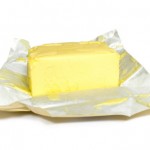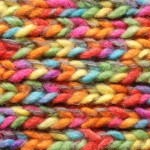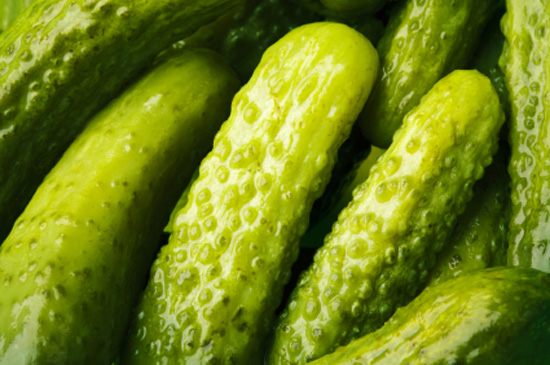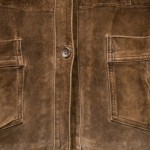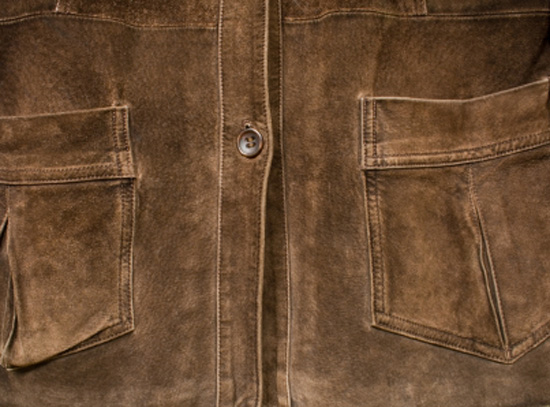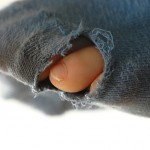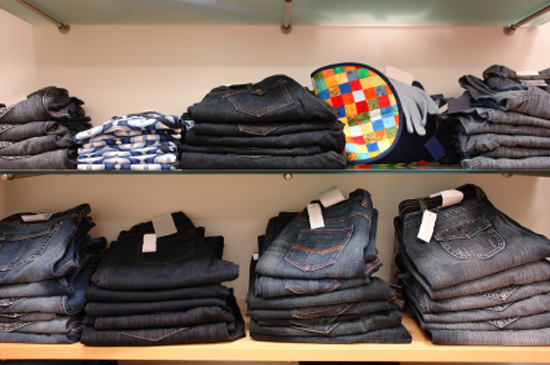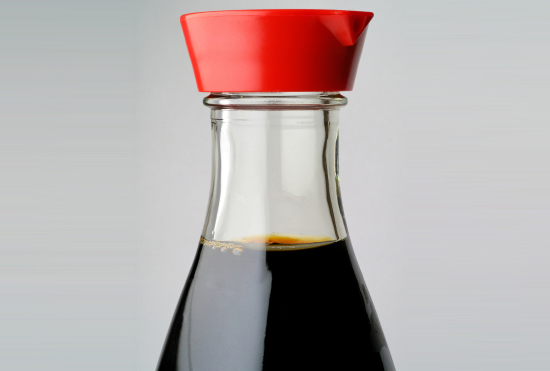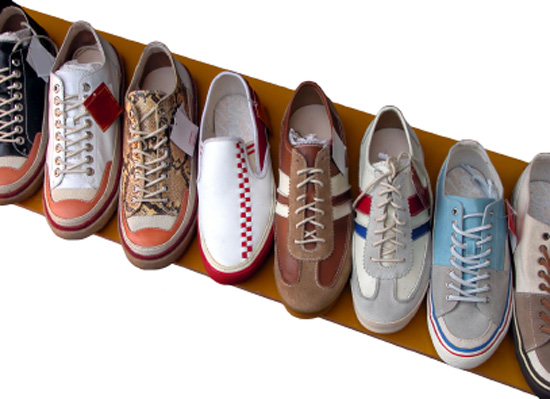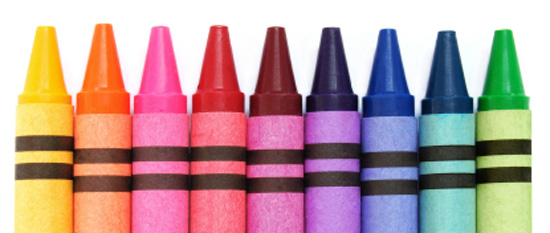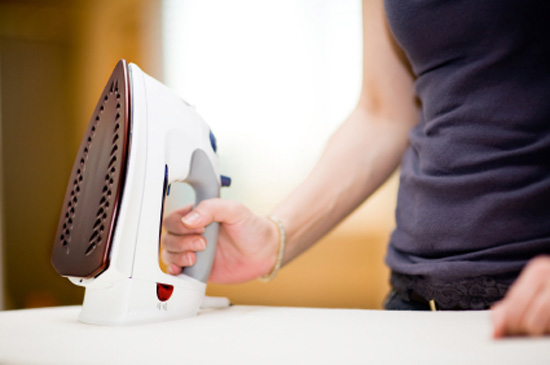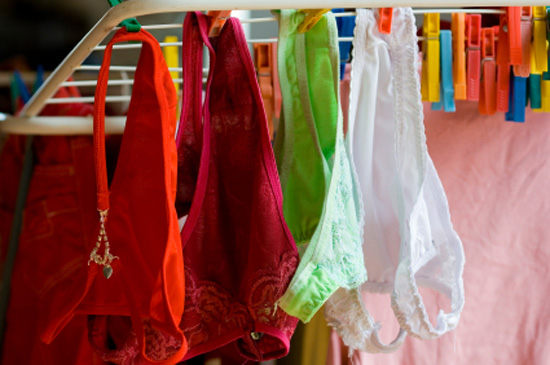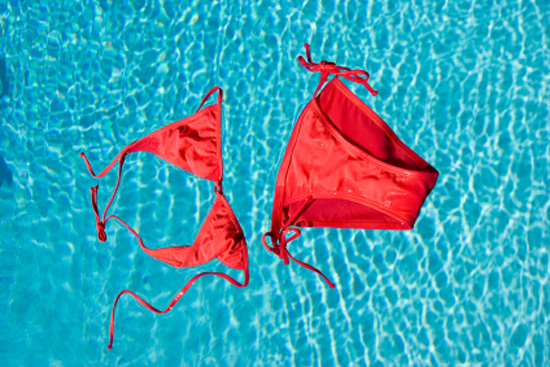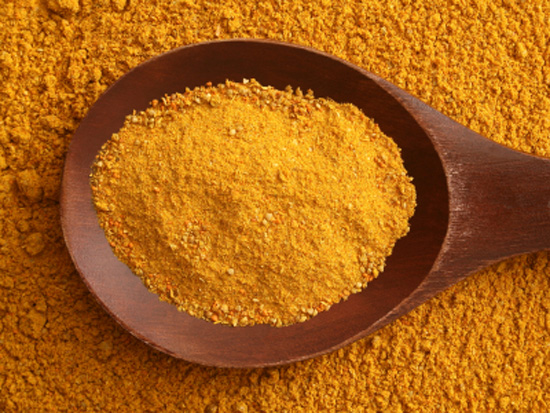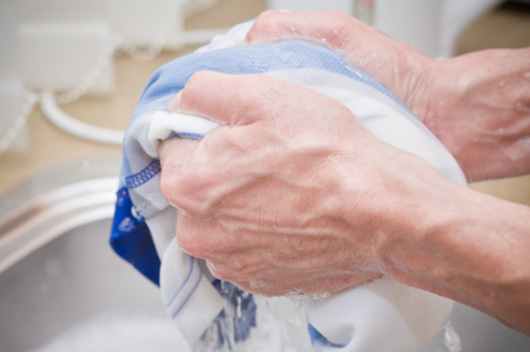
With almost any type of food you eat butter makes it better. Butter can add flavor and taste to dishes that may otherwise not be for you. Really when you think about it, is there anything butter doesn’t make better? Well the answer is yes; clothes. Spilling melted butter on your clothes can be one of the most frustrating things you will ever do and no matter how many times you wash the garment it may seem that you can still see it. But good news, there are ways to remove butter stains from your clothes.
First of all you should never dry the butter stained article of clothing in your clothes dryer until the stain is gone because doing so will help set the stain. Once you have positively identified the butter stain here are some different tips to help you eliminate it:
• Baking Soda: As soon as you remove your butter stained clothing, take some baking soda and sprinkle it onto the stain and rub it in gently. This will help to absorb the stain and make it easier to wash. After letting it sit for a few minutes, rinse out the baking soda with warm water.
• Pre-treat: Once you have used baking soda and rinsed it away it is now time to pre-treat your stain. Many people like to use a pre-treat spray like Shout but there are a couple alternatives that may work even better. Using Dawn dishwashing detergent is a great way to help combat butter stains. The reason is because Dawn is designed to remove grease when washing your dishes. Well, butter is a form of grease. Another pre-treater that works well is regular hair shampoo. Not only does it seem to work very well in ridding your cloths of butter stains it is also a lot more cost effective when compared to other pre-treaters. Either way, take your pre-treater of choice and apply a small amount in the middle of the stain and then rub it in for about five minutes. Let it sit for a few minutes more and rinse again with warm water.
• Wash garment: Now you simply wash the stained garment with the rest of your cloths but you will want to use the hottest water possible in accordance with the garment itself. Once the garment is washed do not throw it in the dryer with the rest of the load.
• Dry the garment: Take the stained garment from the load and allow it to air dry. The reason for this is to be sure that the stain is completely gone. Remember, if you put butter stained clothes in the dryer before the stain is gone you will risk setting in the stain permanently.
• Repeat if necessary: The stain should be gone by now but if it isn’t, simply repeat the process. Some stains are going to be more stubborn than others and may require an extra treatment or two.
Though the process may seem lengthy, it really doesn’t take all that long to accomplish and the end result may just be one of your favorite garments being saved.
